Figures & data
Figure 1. Graphical illustration of the FWCM and Exact solution along with its absolute error, for example, 1.
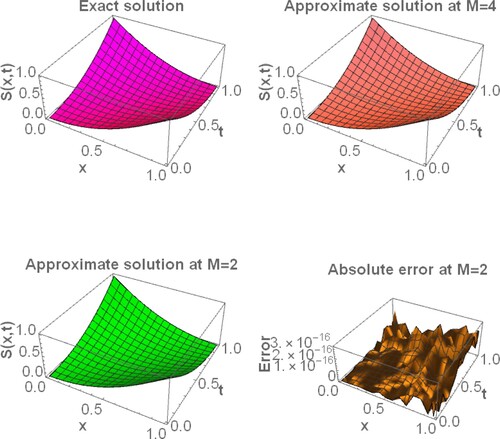
Figure 2. Absolute error graphical comparison of the present method solution, Legendre wavelet collocation method, and Chebyshev wavelet collocation method, for example, 1.

Figure 3. Graphical evaluation of the present method solution and the exact solution at different values of , for example, 1.
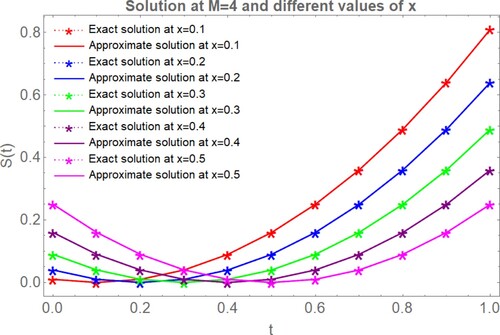
Figure 4. Graphical judgment between the proposed method solution and the exact solution at different values of , for example, 1.
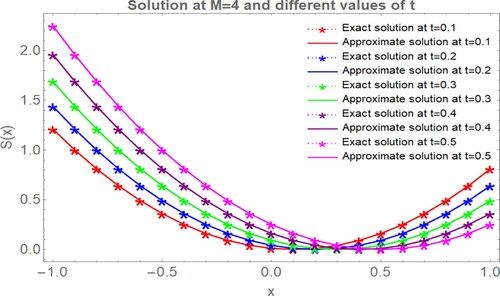
Table 1. Comparison of absolute errors by the FWCM, and different wavelet methods, for example, 1.
Table 2. Error norms comparison between the FWCM and other methods in the literature [Citation17], for example, 1.
Figure 5. Graphical illustration of FWCM and Exact solution along with its absolute error, for example, 2.

Figure 6. Graphical comparison of Shifted fifth-kind Chebyshev Galerkin method at (A1), Bernoulli matrix approach at
(A2), Shifted Jacobi spectral-Galerkin method at
(A3), present method at
(A4), for example, 2.

Figure 7. Graphical comparison of absolute errors of the present method and Shifted fifth-kind Chebyshev Galerkin method at , for example, 2.
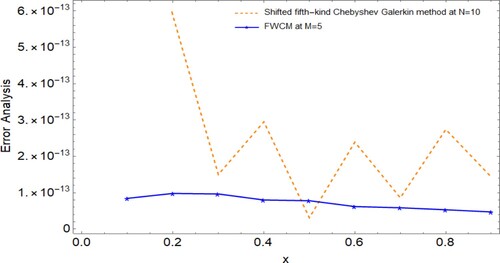
Figure 8. Graphical evaluation of the present method solution and the exact solution at different values of , for example, 2.

Figure 9. Graphical judgment of the present method solution and the exact solution at different values of , for example, 2.
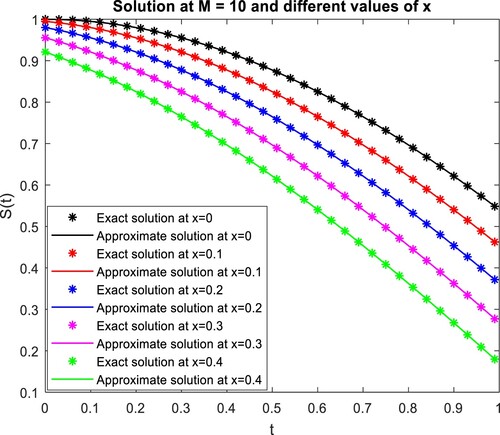
Table 3. Comparison of absolute errors by the projected method with the different literature methods, for example, 2.
Table 4. Comparison of absolute errors of the projected method and different literature methods, for example, 2.
Table 5. Comparison of absolute errors of the projected method and method in literature at , for example, 2.
Figure 10. Graphical illustration of FWCM and Exact solution along with the absolute error, for example, 3.

Figure 11. Graphical evaluation of the present method solution and the exact solution at different values of , for example, 3.
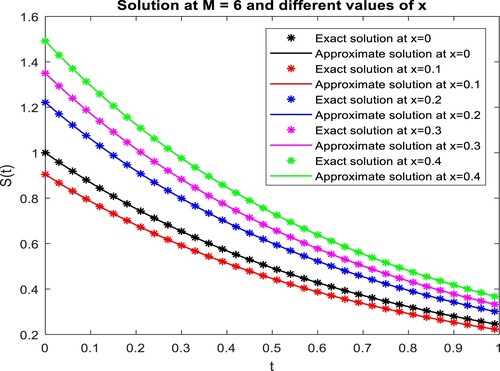
Figure 12. Graphical judgment of the present method solution and the exact solution at different values of for example, 3.
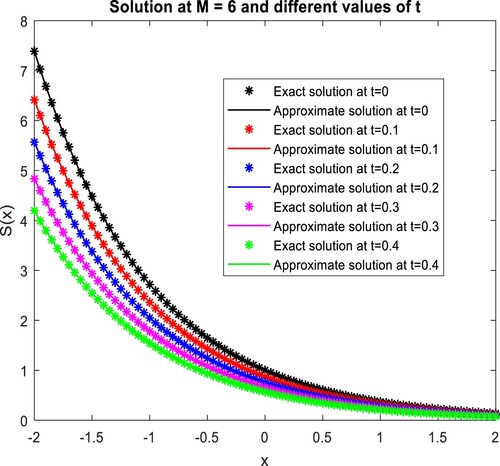
Table 6. Comparison of absolute errors of projected method and different collocation methods, for example, 3 at .
Table 7. Comparison of absolute errors of projected method and different collocation methods, for example, 3 at .
Figure 13. Graphical illustration of FWCM and Exact solution along with the absolute error, for example, 4.
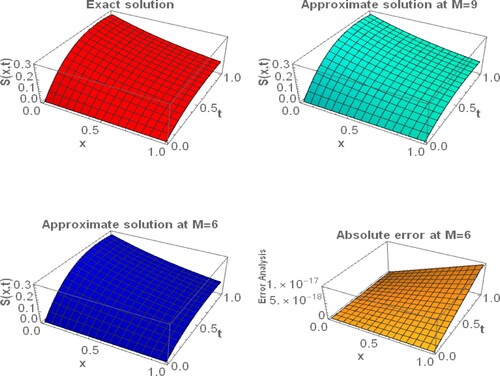
Figure 14. Graphical evaluation of the present method solution and the exact solution at different values of for example, 4.
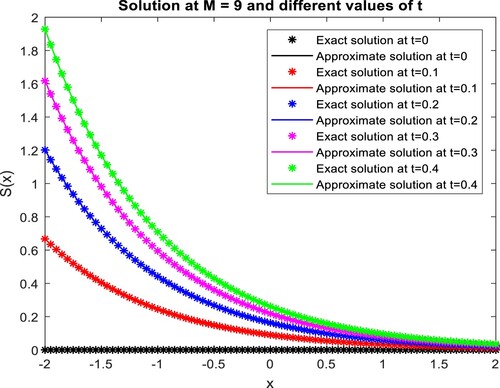
Figure 15. Graphical judgment of the present method solution and the exact solution at different values of for example, 4.
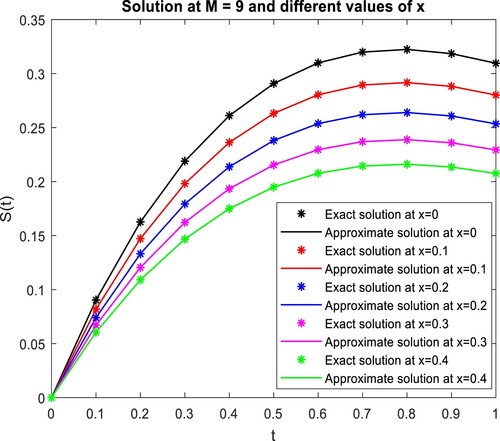
Table 8. Comparison of absolute errors of projected method and different collocation method, for example, 4 at .
Table 9. Comparison of absolute errors of projected method and different collocation method, for example, 4 at .
Figure 16. Graphical illustration of FWCM and Exact solution along with the absolute error, for example, 5.
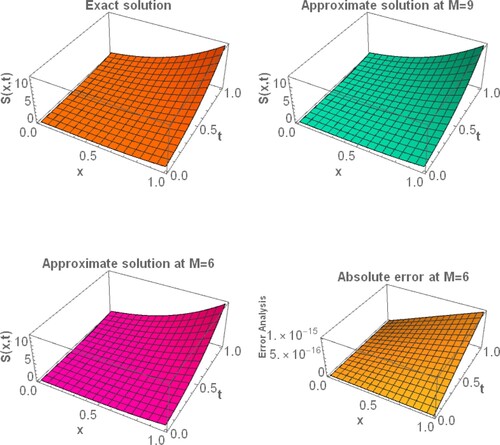
Figure 17. Graphical evaluation of the present method solution and the exact solution at different values of for example, 5.
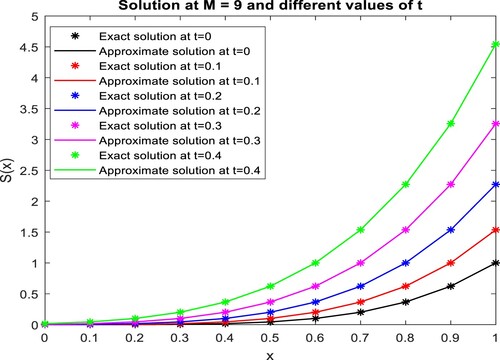
Figure 18. Graphical judgment of the present method solution and the exact solution at different values of for example, 5.
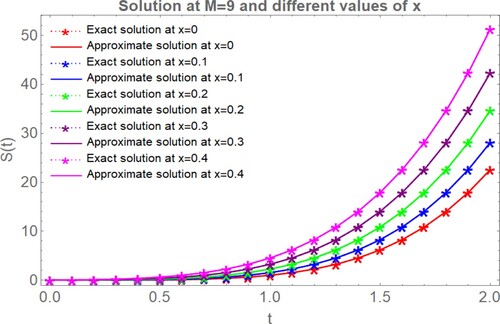
Data availability statement
The data that support the findings of this study are available within the article.
